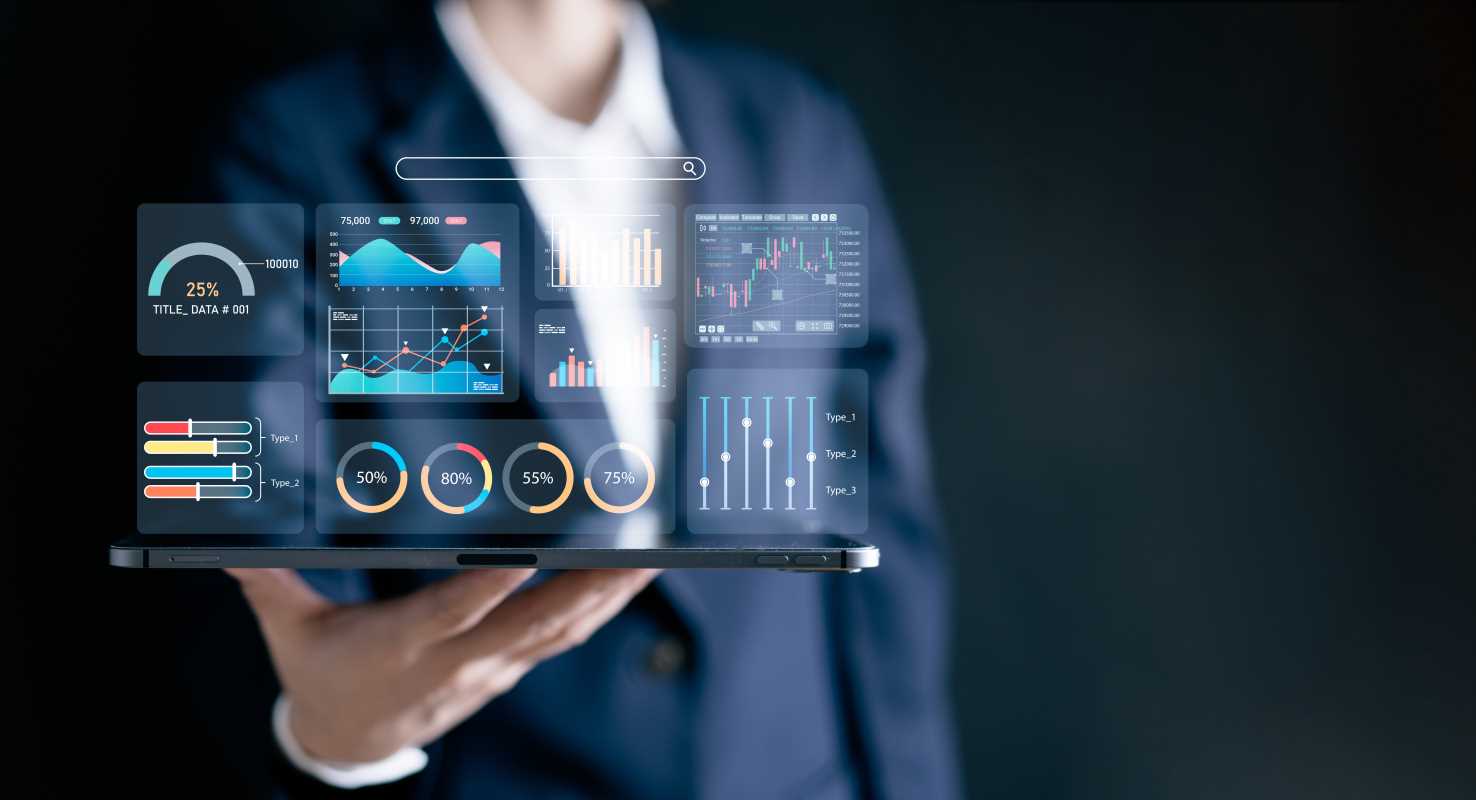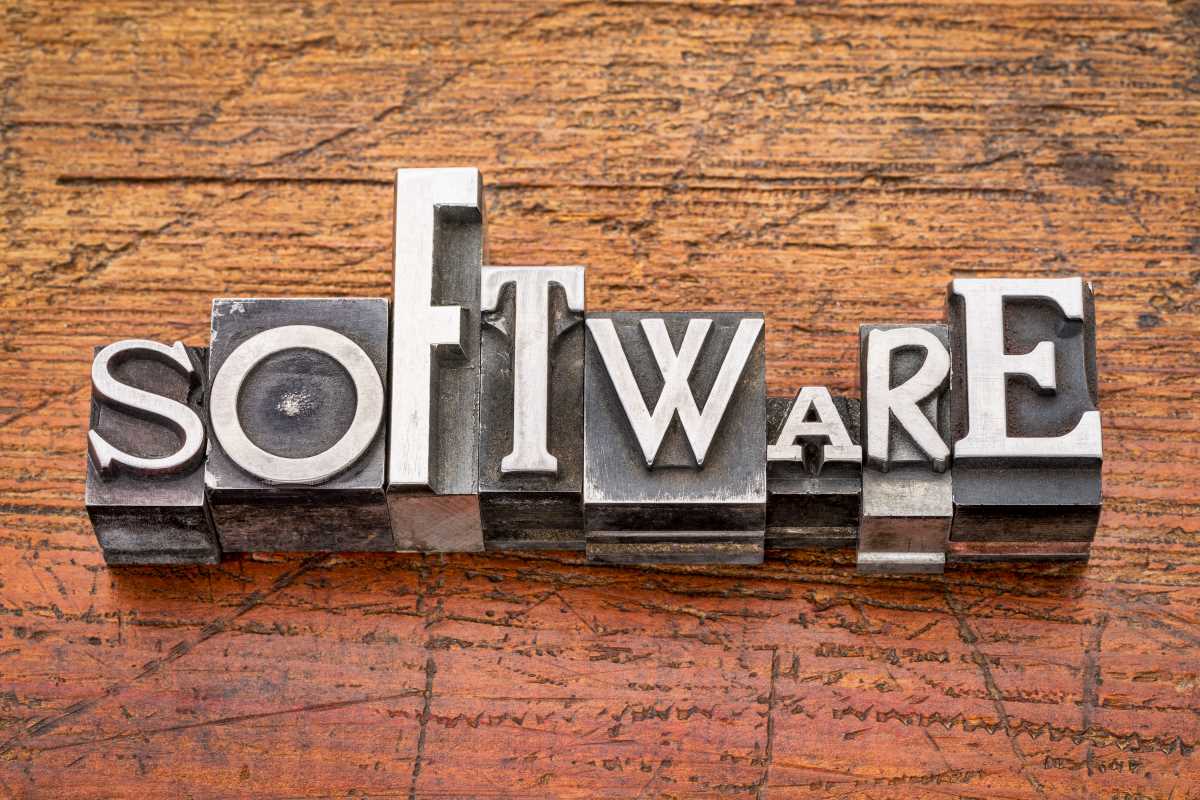Managing a brand's social media presence can feel like being a plate-spinner at a circus. You're constantly juggling posting schedules for Instagram, responding to comments on Facebook, creating content for LinkedIn, and trying to keep up with trends on X (formerly Twitter). Doing this all manually—logging in and out of each platform, copying and pasting content, and trying to track performance in separate spreadsheets—is not just overwhelming; it’s a recipe for burnout and missed opportunities. It’s incredibly time-consuming and makes it nearly impossible to maintain a consistent, strategic presence. This is where social media management tools come in.
Why You Need a Social Media Management Tool
Relying on the native apps alone to manage a business's social media is inefficient. A dedicated management tool offers a strategic advantage by centralizing your efforts and unlocking powerful capabilities that simply aren't available otherwise. The benefits are transformative, turning social media from a chaotic daily chore into a streamlined, results-driven marketing channel.
1. Massive Time Savings Through Scheduling
This is the most immediate and tangible benefit. Instead of having to log in to each platform multiple times a day to post content, a management tool allows you to schedule all your posts in advance from a single dashboard. You can dedicate one block of time—say, a few hours on Monday morning—to plan, create, and schedule your entire week's worth of content across all your networks. This batching process is incredibly efficient and frees you from the constant pressure of having to think about what to post next.
2. Maintaining a Consistent Brand Presence
Consistency is crucial for building a recognizable brand and a loyal following. When you're posting manually, it's easy to forget to post on a certain day or to let one of your social channels go quiet. Scheduling tools ensure that you maintain a consistent posting cadence, keeping your brand top-of-mind with your audience. Furthermore, features like brand kits and asset libraries allow you to ensure that every post uses the correct logos, fonts, and colors, reinforcing a cohesive brand identity across all platforms.
3. A Unified Inbox for All Engagement
Engagement is a two-way street. Responding to comments, mentions, and direct messages is just as important as posting content. A social media management tool pulls all these interactions from across your different platforms into a single, unified inbox. This means you no longer have to jump between apps to see if someone has commented. You can view and reply to everything from one central place, ensuring faster response times and making it less likely that an important customer question will slip through the cracks.
4. Simplified Performance Analytics
How do you know if your social media efforts are actually working? Each platform has its own analytics, but trying to consolidate that data into a meaningful report is a manual, time-consuming nightmare. Management tools come with built-in analytics that automatically track your key metrics across all channels. With just a few clicks, you can generate easy-to-read reports that show your audience growth, engagement rates, and top-performing posts. This makes it simple to understand what content resonates with your audience so you can create more of it.
Key Features to Look for in a Social Media Management Tool
While many tools offer similar core functionalities, some features are more critical than others. When evaluating different platforms, here are the key things to look for.
- Platform Integrations: First and foremost, ensure the tool supports all the social media networks you are active on. Most will support the major players like Facebook, Instagram, X, and LinkedIn, but if you rely on Pinterest, TikTok, or YouTube, you'll need to check for those specific integrations.
- Content Scheduler & Calendar: A good tool should offer a visual content calendar that gives you a bird's-eye view of your upcoming posts. This makes it easy to spot gaps in your schedule and ensure you have a balanced mix of content going out.
- Unified Social Inbox: As mentioned, this feature is a game-changer for managing engagement efficiently. Look for a tool that not only pulls in comments and mentions but also direct messages.
- Analytics and Reporting: The platform should provide clear, customizable reports. The ability to export these reports as PDFs or presentations is a huge plus, as it makes it easy to share performance updates with your team or stakeholders.
- Team Collaboration: If more than one person will be managing your social media, you'll need collaboration features. This includes the ability to assign tasks, leave internal notes on posts, and set up approval workflows so that a manager can review content before it goes live.
- Content Curation & Creation Tools: Some advanced tools offer features to help you find relevant content to share or even provide built-in design tools to help you create graphics directly within the platform.
Popular Social Media Management Tools
The market is filled with excellent options, each with its own unique strengths. Here are some of the most popular tools that are well-suited for businesses of all sizes.
1. Buffer
Best for: Small businesses and individuals looking for a simple, intuitive, and affordable solution for scheduling and analytics.
Buffer is famous for its clean, user-friendly interface. It focuses on doing the core jobs of scheduling and analytics exceptionally well, without a lot of complicated bells and whistles. It's the perfect tool for those who want to get up and running quickly without a steep learning curve.
Unique Strengths:
- Incredibly Intuitive: Buffer's dashboard is straightforward and easy to navigate, making it a favorite for beginners.
- Engagement Tools: Its "Engage" feature provides a simple, effective inbox for quickly responding to comments.
- Helpful Content Suggestions: The platform can suggest relevant articles and content to share, which is useful when you're running low on ideas.
2. Hootsuite
Best for: Larger teams and enterprises that need robust features for monitoring, team collaboration, and comprehensive reporting.
Hootsuite is one of the oldest and most established players in the social media management space. It’s a powerful, all-in-one platform that offers a vast array of features. Its "streams" dashboard allows you to monitor keywords, hashtags, and mentions in real-time, making it an excellent tool for social listening.
Unique Strengths:
- Advanced Monitoring: Set up custom streams to track mentions of your brand, competitors, and industry keywords across multiple platforms.
- Robust Team Collaboration: Hootsuite offers sophisticated permission levels and approval workflows, making it ideal for large teams with different roles and responsibilities.
- Extensive App Directory: It integrates with hundreds of other applications, allowing you to extend its functionality even further.
3. Sprout Social
Best for: Businesses focused on providing top-tier customer care and those who need deep, presentation-ready analytics.
Sprout Social is a premium platform that is widely praised for its beautiful design, powerful smart inbox, and best-in-class analytics. It combines social media scheduling, monitoring, and reporting with CRM-like features that help you build a detailed history of your interactions with individual users.
Unique Strengths:
- The Smart Inbox: This is arguably the best unified inbox on the market. It consolidates all your messages and gives you tools to tag, filter, and assign conversations to team members, functioning much like a customer support ticketing system.
- Presentation-Ready Reports: Sprout Social’s analytics reports are not only comprehensive but also beautifully designed and easy to understand, making them perfect for sharing with clients or executives.
- Employee Advocacy Tools: It offers features that make it easy for your employees to share company-approved content on their personal social media profiles.
4. Later
Best for: Visually-focused brands, especially on Instagram.
Later started as an Instagram-only scheduling tool, and its visual-first approach remains its biggest strength. While it now supports other platforms, it is still the go-to choice for brands and influencers who put a heavy emphasis on aesthetics and visual planning.
Unique Strengths:
- Visual Instagram Planner: Its drag-and-drop planner allows you to see exactly how your Instagram grid will look with your scheduled posts, making it easy to create a cohesive and attractive feed.
- Linkin.bio: This feature turns your Instagram bio link into a clickable, shoppable landing page, which is a powerful tool for driving traffic and sales from Instagram.
- User-Generated Content: Later makes it easy to find, collect, and repost content from your followers and fans.
 (Image via
(Image via





